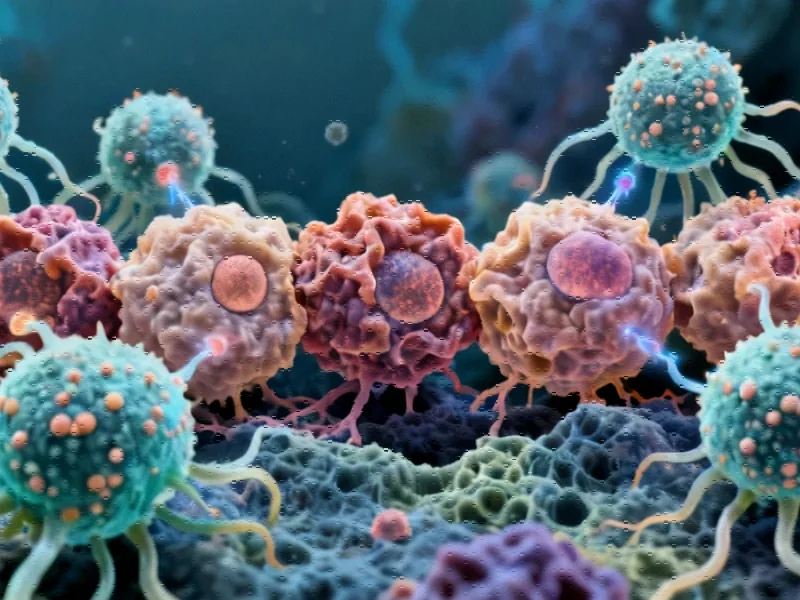Breakthrough in Natural Product Synthesis
A groundbreaking chemo-enzymatic platform developed by researchers at the Helmholtz Institute for Pharmaceutical Research Saarland (HIPS) is transforming how scientists produce and study furanolides – a versatile class of natural compounds with significant therapeutic potential. Under the leadership of Professors Tobias Gulder and Rolf Müller, the team has overcome the longstanding challenge of limited natural production, enabling cost-effective generation of these valuable molecules.
This innovative approach represents a significant advancement in pharmaceutical manufacturing technology, potentially accelerating drug discovery timelines and expanding treatment options for various diseases. The platform’s ability to generate diverse molecular structures opens new possibilities for targeted therapy development.
Understanding Furanolides and Their Potential
Furanolides constitute a structurally diverse family of natural products with remarkable biological activities. These compounds demonstrate varying effects depending on their specific molecular configurations – some exhibit potent antibacterial properties, while others show effectiveness against algae or human cells, including cancer cells. This versatility makes them particularly valuable for multi-target drug development strategies.
Traditionally sourced from cyanobacteria, myxobacteria, and certain marine organisms like ascidians, furanolides have been challenging to study due to their minimal natural production. The limited availability has restricted comprehensive investigation into their structure-activity relationships and therapeutic applications.
The Enzyme-Driven Production Revolution
The research team’s breakthrough centers on utilizing two previously identified enzymes – CybE and CybF – to construct the furanolide molecular backbone from simple precursor molecules. This approach builds on their 2022 discovery of precyanobacterin biosynthesis pathways.
“We identified dozens of different precursor molecules that our CybE/F system can efficiently convert,” explains Professor Gulder, head of Natural Product Biotechnology. “By strategically combining these substrates, we generated a comprehensive library containing 385 mostly novel furanolide derivatives.”
The team’s optimization of precursor supply chains significantly reduced production costs, enabling generation of sufficient quantities for thorough biological testing. This cost-effectiveness represents a major step forward in making these compounds accessible for broader research and development.
Promising Therapeutic Applications
From the extensive compound library, researchers selected 17 derivatives for detailed biological characterization. The results demonstrated remarkable therapeutic potential across multiple areas:
- Anti-cancer activity: All tested furanolides effectively killed human cancer cells in laboratory settings, with some outperforming clinically used drugs
- Cancer stem cell targeting: Several compounds demonstrated effectiveness against cancer stem cells, which are often resistant to conventional treatments
- Antibacterial properties: Multiple derivatives inhibited growth of Gram-positive pathogens, including Staphylococcus aureus
Senior scientist Jennifer Herrmann notes, “Our observations suggest these substances could address significant unmet medical needs, particularly in oncology and infectious disease treatment.”
Broader Implications and Future Directions
This enzyme-based production platform represents more than just a new method for compound synthesis – it demonstrates how enzyme platforms can transform pharmaceutical development. The approach allows researchers to explore chemical spaces that were previously inaccessible due to synthetic challenges.
The team is currently leveraging their understanding of structure-activity relationships to optimize selected derivatives for enhanced therapeutic properties. This work aligns with broader industry developments in sustainable production methods and efficient resource utilization.
As the pharmaceutical industry continues to evolve, innovations like this enzyme platform highlight the importance of interdisciplinary approaches. The integration of biotechnology with traditional chemistry creates new opportunities for addressing complex medical challenges, much like how market trends in various sectors are driving innovation through cross-disciplinary solutions.
Looking forward, the researchers aim to determine the clinical viability of furanolide-based treatments for both infectious diseases and cancer. Their work exemplifies how related innovations in biological systems can be harnessed to address pressing healthcare challenges while maintaining cost-effectiveness and scalability.
The successful development of this platform not only advances furanolide research specifically but also establishes a template for how enzyme-based systems can revolutionize natural product discovery and development across the pharmaceutical industry.
This article aggregates information from publicly available sources. All trademarks and copyrights belong to their respective owners.
Note: Featured image is for illustrative purposes only and does not represent any specific product, service, or entity mentioned in this article.



